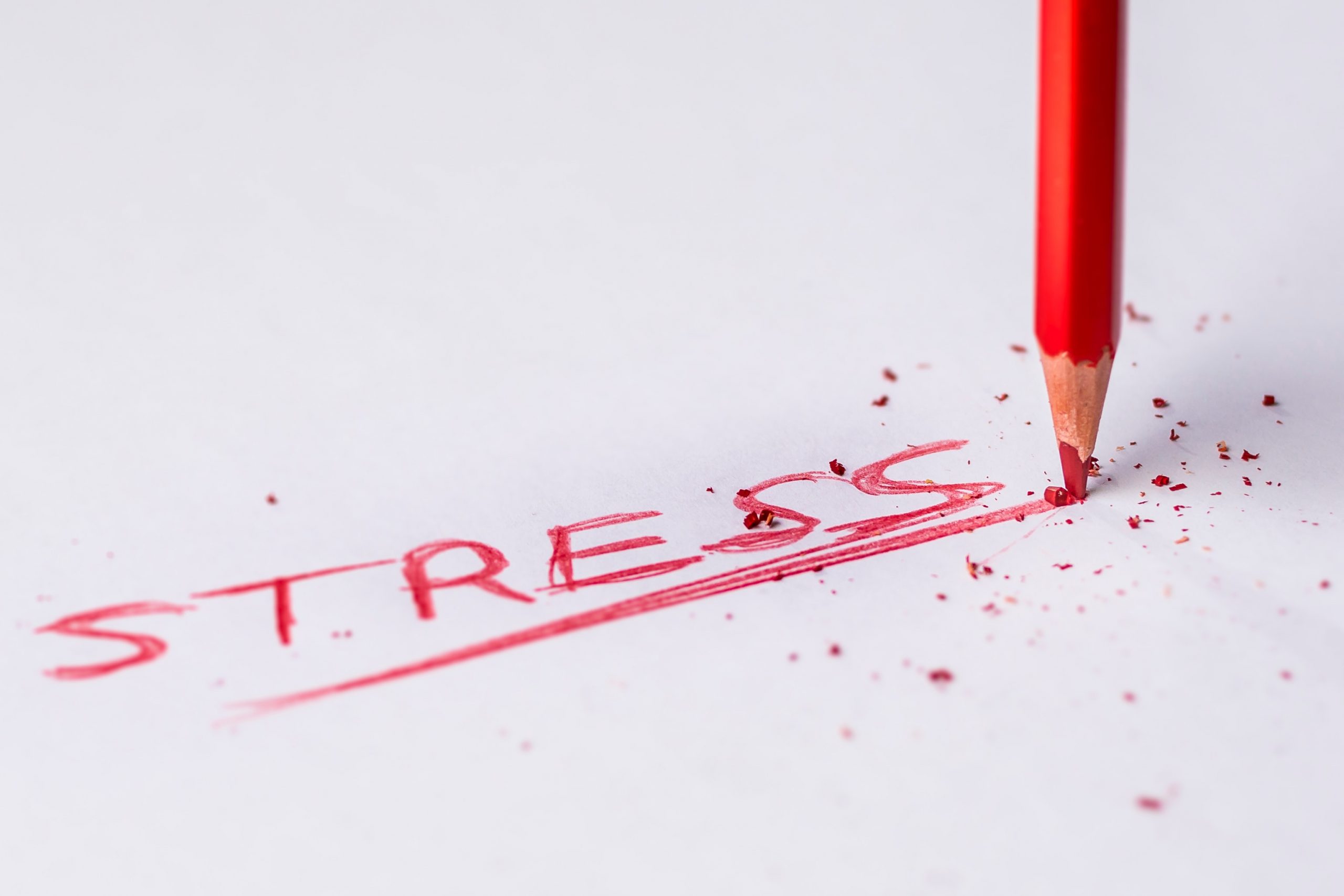
Spotting signs of stress
Put the video back in video conferencing
Some of the visual indicators of stress can easily be missed with the reduced face to face contact. A way around this is to encourage the use of the video option in virtual meetings. It is well known that communication takes place through facial expression and body language. These non-verbal cues can provide indications of stress and can be very useful in regulating interactions.
Maintain contact, build connections
Isolation has the potential not only to mask stress but also aggravate it, so it is important to build in opportunities for regular contact. This should not be an afterthought but an intentional practice. Some organisations put in place half hour general catchup sessions in small groups without a business agenda to build connections. These sessions explore issues such as the impact of current affairs on personal or family life. But this will only be effective if it is regular and part of the culture. A one-off session where a manager is suddenly interested in an employee’s family life and hobbies can come across suspicious and cause them to close up!
Put wellbeing on the agenda
Opening up conversations around wellbeing is a great way to encourage stress awareness. It is important that this is not a vertical relationship where staff are only expected to open up to their managers but a horizontal one where everyone is open. One where leaders/managers actually lead in vulnerability and be the first to open up about these issues. Facilitating the conversation, involving all members, and committing to micro actions based on insights can help place the focus not only on the problems but also on hope.
How organisations can support
The best kind of support is proactive. The regular contact and open conversations mentioned earlier can be a forum for discussing what is working well and what could be better. It can provide a good gauge for employee needs and involve them in coming up with solutions.
Here are some tried and tested tips that help to alleviate stress in the workplace:
Review ways of working
Home working hacks, home schooling hacks, the best or worst times for scheduling meetings, tips on switching off or maximising lunch breaks are some of examples of solutions that can be discovered from sharing experiences.
Flexible working
Allowing for flexible working arrangements where productivity is the focus rather than the pressure to be visible is key. This is especially important for parents of young children or carers of vulnerable family members.
Equip employees to work from home
It seems obvious but providing a laptop and a phone is not enough. With longer hours spent working at a desk, other things to consider providing include, a laptop stand, a wireless mouse, an ergonomic chair, a hands-free headset and even an extra screen. This can reduce the stress that comes from not having the resources to do one’s job effectively.
Incorporate wellness into the daily routine
A friend of mine works in an organisation that has introduced the wellness hour. It is a time for employees to take part in wellbeing activities outside of their home while it is daylight. The shorter winter days mean that leaving such activities till the end of the working day reduces the chances of doing them as it is dark outside. Wellness initiatives like this are brilliant and show that the company cares for its people. Other wellness initiatives include employee subscriptions to online yoga classes or other exercise classes.
Virtual team events
Building team relationships through virtual team events can provide support or a stress outlet. Cooking classes, art classes, baking competitions, dance classes, quiz nights, murder mysteries and book clubs are some of examples of events that work well virtually. It may even be possible to do some things in person. Every Tuesday, I go for a walk with my colleague during our lunch break and it is so refreshing for both of us to walk and talk!
Communicate
While we’ve covered other ways of informal communication between staff, formal communication should not be overlooked. Newsletters or other internal communication channels are useful for keeping staff in loop regarding news and changes affecting them. It is also a good opportunity to boost morale by celebrating achievements, however big or small.
Our perspective of time during the pandemic is divided – some people have so much of it and some so little of it at the same time. Ensuring that time is allocated to achieve all of the above is vital in combating stress. Managers need the regular time plan and implement support for their teams. Everyone needs regular time to not only work but also to learn and develop themselves. Flexibility for people to block out planning and learning time in their diaries is a great way to stress reduction. One organisation I know has initiated “meeting free” Wednesdays to allow for this. Make the most of learning and development resources to build skills like resilience, prioritisation, leadership and creativity.
These are just a few ideas worth sharing as we mark National Stress Awareness day 2020. This year has brought a global challenge that impacts not only our health but also our working lives, social lives and economic status. This comes with heightened levels of stress. To borrow the words of Her Majesty the Queen, we must not underestimate our instinctive compassion to heal. I encourage everyone in every organisation to do their bit to recognise and reduce stress for people around them.
